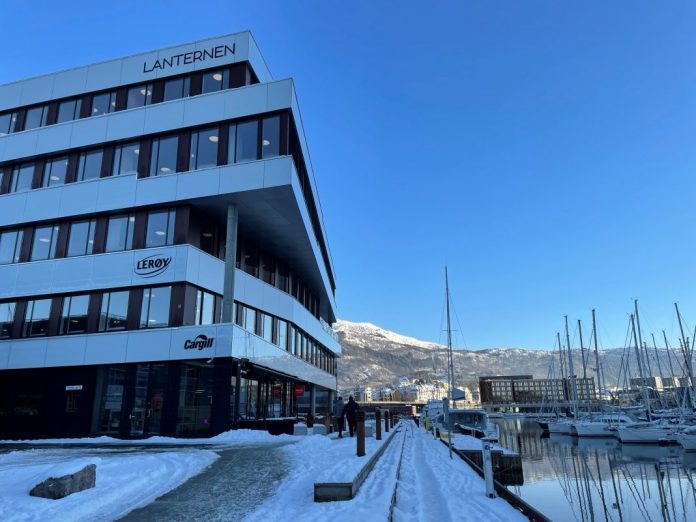In Q4 2020, Lerøy Seafood Group (LSG) reported revenue of EUR 504 million and an operating profit before fair value adjustment related to biological assets was EUR 43 million.
The global COVID-19 pandemic has a negative impact on demand and has resulted in lower prices for both redfish and whitefish. The main factor behind the fall in earnings from Q4 2019 to Q4 2020 is the reduction in prices realised, according to a financial statement from the company.
In total, EBIT/kg for the fish farming segment was EUR 0.6 in Q4 2020. In comparison with the same quarter in 2019, costs per kilo are slightly lower, but the reduction in prices realised in the same period is significantly larger.
Growth
“We have seen a positive development in our costs per kilogram of harvested fish in 2020, and this has been confirmed in the fourth quarter,” explained CEO Henning Beltestad.
“As we enter 2021, we expect that the initiatives and investments made in recent years will provide a substantial growth in volume, and that this will help us scale down our cost base and achieve lower costs,” he continued.
The harvest volume is up from approx. 158,000 tonnes in 2019 to 171,000 tonnes in 2020. Moreover, standing biomass has increased from 111,000 tonnes at year-end 2019 to 119,000 tonnes at year-end 2020. The Group maintains its projections of a harvest volume for 2021, including associates, of 205,000-210,000 tonnes.
The board offers a NOK 2/share dividend, a total of EUR 116 million, for the year 2020.
Land-based salmon
I the report, the Lerøy board opened for land-based salmon farming:
“Currently, the Group’s production of redfish takes place mainly in Norway. Norwegian and global salmon and trout production are experiencing relatively modest growth, which – combined with a weaker Norwegian krone – has resulted in very high prices. This provides an incentive to start production of salmon in new areas using alternative technologies. These incentives have existed for several years now, but with long lead times in the industry, Norwegian production in marine fish farms has maintained its predominant position. The harvest volume from salmon produced on land remains insignificant on the end markets. The market share for Norwegian Atlantic salmon may, in the long term, be affected by production of salmon and trout in new regions and locations. Through business development, investments and a clear operational focus on competitiveness, the Group shall ensure that its value chain stands strong in the face of competition in the years to come. In addition to the development of existing farming operations, the Group is accumulating knowledge and competencies within both land-based and offshore-based salmon production.
In recent years, Lerøy has made significant investments in several parts of the value chain, including the construction of facilities for smolt/post-smolt capacity in all the Group’s regions. Lerøy Sjøtroll’s Kjærelva facility is now completed and has an annual biomass production of around 4,000 tonnes. Lerøy Aurora completed the final construction stage of a new development in Q4 2020, and the facility is expected to reach full exploitation in 2021. Lerøy Midt can report that the developments to the Belsvik facility are going to schedule. The plan is for completion by the start of 2022, and the facility is expected to produce around 5,000 tonnes of biomass. The Group’s investments in improved smolt production and post-smolt production, combined with a number of other initiatives, will support the Group’s ambition for continued growth in volume and increased competitiveness by means of a reduction in production costs.
The Group’s substantial investments in post-smolt facilities have not only increased the Group’s annual harvest volume by means of improved exploitation of existing assets, but also provided significant competencies related to RAS technology. This is in the main the same technology applied for full-scale land-based production of salmon. The Group is now negotiating for a further development of a new RAS facility in the region of Vestland. The plans are initially to develop the facility in three stages. The first and second stages represent further increases in the Group’s post-smolt production. The third and final stage will also provide facilities for post-smolt production, but may also be used for salmon production up to harvest size. The location of the plant, including the links to the Group’s farming operations in West Norway, could potentially provide successful interaction between sea and land. The lessons learned may also be exploited to realise land-based projects in other regions. The development will take place in stages, but initial estimates indicate that the first two stages will represent estimated costs of around EUR 100 million. The development is projected to provide an annual increase in production in the sea of 8-10,000 GWT. Construction work is scheduled for completion in 2023.











